Saba Saba Day Turns Deadly With 11 Killed in Nairobi
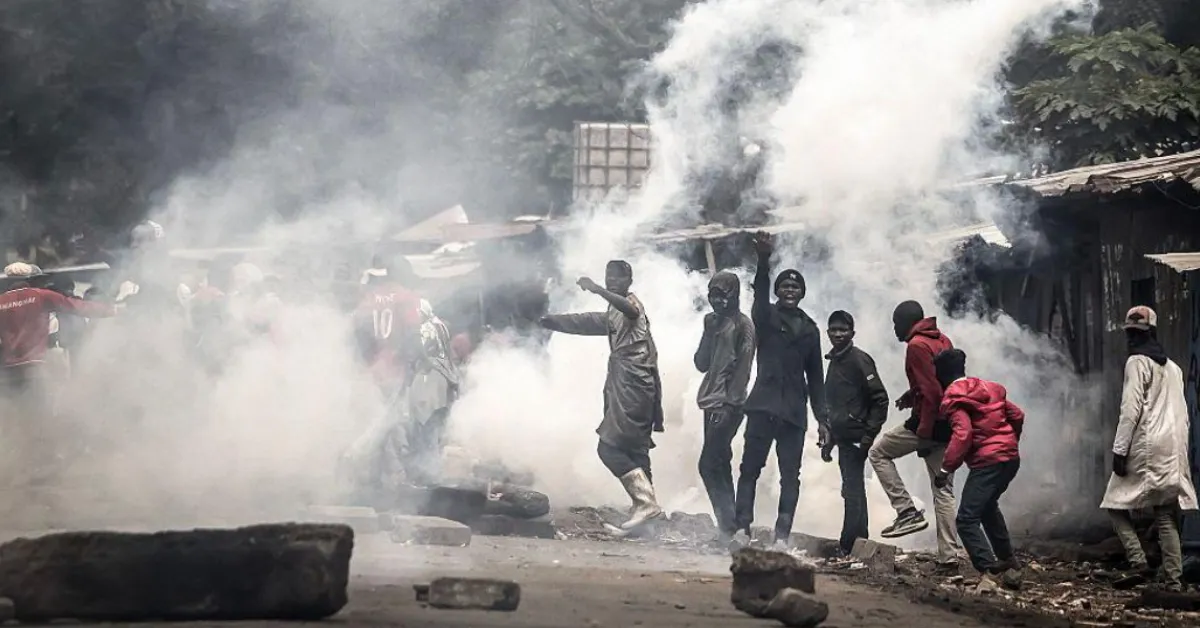
Kenya is facing a period of heightened tension following the 35th Saba Saba Day, marked by widespread demonstrations, a stringent security lockdown, and a mounting death toll.
Protests, largely spearheaded by youth activists, demanding government accountability and reforms, devolved into chaos, resulting in at least 11 fatalities and dozens of injuries across multiple counties, according to the National Police Service. The Kenya National Commission on Human Rights (KNCHR) documented 10 deaths, 29 injuries, two abductions, and 37 arrests across 17 counties, sparking calls for independent investigations.
The epicentre of the protests, Nairobi's Central Business District (CBD), was transformed into a fortified zone from early Monday morning. Authorities erected over 25 roadblocks on major arteries leading into the city, effectively sealing off access to all but government officials and essential service personnel. This lockdown paralysed commercial activity, forcing businesses to shutter and leaving commuters stranded, thus creating an unnerving quiet, broken only by the presence of armed officers and occasional sirens.
The security operation culminated after a weekend of high-level strategy meetings between senior officials from the National Police Service, including Inspector-General Douglas Kanja and Deputy Inspector-General Gilbert Masengeli. These sessions, held at Jogoo House and the Office of the President, aimed to pre-emptively contain the anticipated demonstrations, following the deadly protests of June 25. The directive mandated that Nairobi's CBD be off-limits to protesters, with a perimeter lockdown enforced through physical barricades and aggressive patrols.
Interior Cabinet Secretary Kipchumba Murkomen has defended the measures, saying that the deployment was necessary to prevent criminal elements from exploiting the protests to loot and vandalise property. He acknowledges the inconvenience caused to many Kenyans who were unable to get to their places of work or open their businesses.
"The structure we put in place ensured criminals did not get a chance to invade properties. But many Kenyans got inconvenienced by not getting to their places of work or opening their businesses," Murkomen said.
He maintains that the police acted with restraint and prioritised public safety.
Despite these assurances, violence marred the day. The discrepancies between the National Police Service and the KNCHR's figures have prompted demands for impartial investigations, especially given reports of excessive force and the deployment of unmarked security units.
The security operation extended beyond Nairobi, with road closures reported on Thika Road, Waiyaki Way, Mombasa Road, Ngong Road, Juja Road, and Lang'ata Road. Key intersections like the Kangemi flyover and Pangani interchange were barricaded, restricting access to Parliament Road and Harambee Avenue. The lockdown disrupted movement and economic activity, with traders reporting significant losses and public transport coming to a standstill.
Clashes erupted between protesters and police in Nairobi's outskirts and other urban centres. Tear gas, batons, and live ammunition were deployed to disperse crowds, with reports of looting and property damage surfacing in areas such as OTC and Roysambu. Police spokesperson Michael Muchiri Nyaga said that the violence was instigated by "criminals and not protesters," adding that arrests had been made and further investigations were underway.
The deployment also involved reassigning traffic police to general duties, instructing officers to wear jungle green uniforms and report to station commanders by 1am. This was part of a broader strategy to bolster manpower and ensure comprehensive coverage of protest hotspots. By dawn, hundreds of officers had taken up positions at strategic locations, turning away residents attempting to access the CBD.
The government's approach has drawn criticism from civil society groups and opposition leaders, who argue that the measures suppress constitutional rights. The Kenya National Commission on Human Rights expressed concern over the use of force and the presence of hooded, plainclothes officers operating in unmarked vehicles, practices that contravene existing court orders.



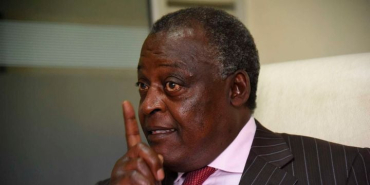
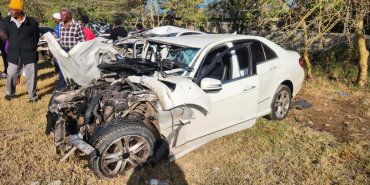

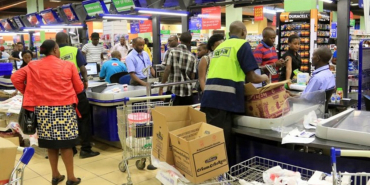
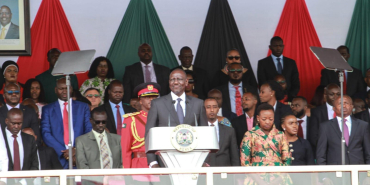
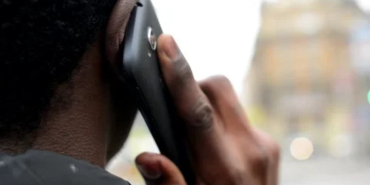
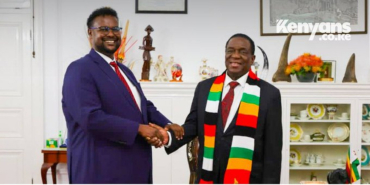




Add new comment